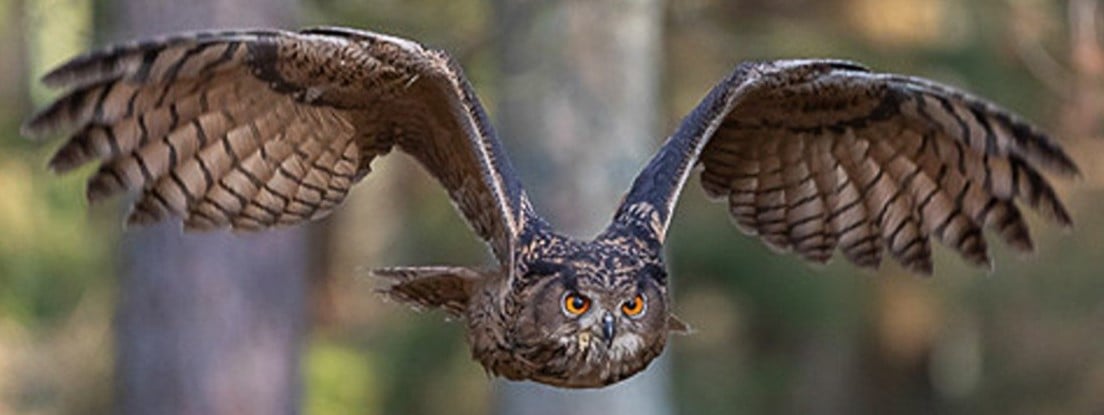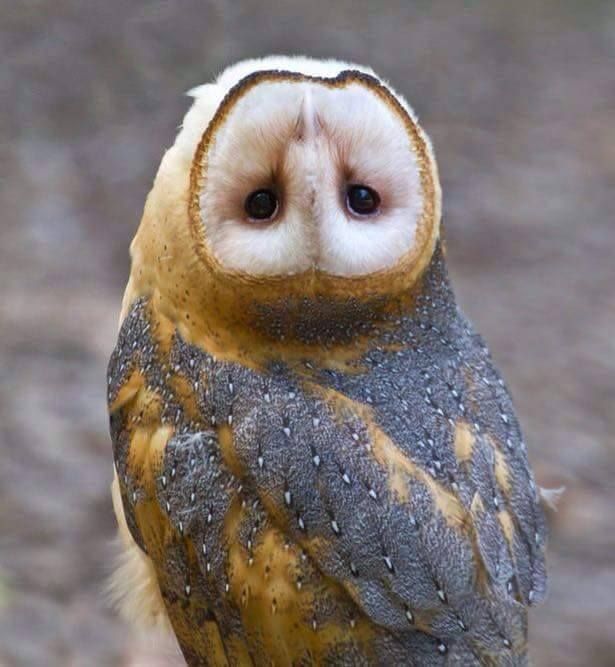Superbowl
For owls that are superb.

US Wild Animal Rescue Database: Animal Help Now
International Wildlife Rescues: RescueShelter.com
Australia Rescue Help: WIRES
Germany-Austria-Switzerland-Italy Wild Bird Rescue: wildvogelhilfe.org
If you find an injured owl:
Note your exact location so the owl can be released back where it came from. Contact a licensed wildlife rehabilitation specialist to get correct advice and immediate assistance.
Minimize stress for the owl. If you can catch it, toss a towel or sweater over it and get it in a cardboard box or pet carrier. It should have room to be comfortable but not so much it can panic and injure itself. If you can’t catch it, keep people and animals away until help can come.
Do not give food or water! If you feed them the wrong thing or give them water improperly, you can accidentally kill them. It can also cause problems if they require anesthesia once help arrives, complicating procedures and costing valuable time.
If it is a baby owl, and it looks safe and uninjured, leave it be. Time on the ground is part of their growing up. They can fly to some extent and climb trees. If animals or people are nearby, put it up on a branch so it’s safe. If it’s injured, follow the above advice.
For more detailed help, see the OwlPages Rescue page.
view the rest of the comments

If you will do more owl-natomy posts (which I would love), then here are some ideas: Owl beaks, Owl necks and how they can turn their heads so well, The digestive system and how they can eat their prey whole.
For the last two I've found this article, which has something about both. I found it mainly interesting that it's apparently not just the number of cervical vertebrae that lets owls rotate their head so well.
Thanks for such a great year for my Owl knowledge!
That is a great article you linked! That's exactly the type of paper I want to do more "translation" of into more "regular" language.
The part about the cervical vertebrae was very helpful to me, it's one of the specific things I wanted to learn more about personally. I know a lot of the generalities, but I'm at the point where I want those specific and technical details. These papers are also about the only places to find pictures of this niche anatomy.
I have mentioned crops before, I think when I've highlighted vultures, and I've kinda avoided pellets, but I do want to do them anyway. I have gotten to see a Great Horned Owl expel her pellet. It's more like a burp than a cat with a hairball.
I'll add those things to the list!